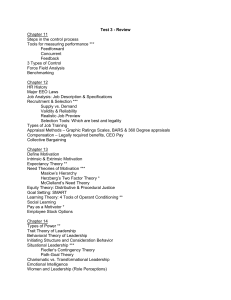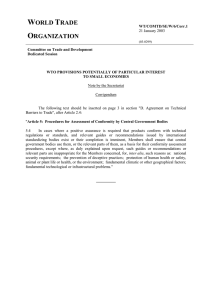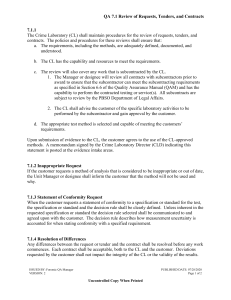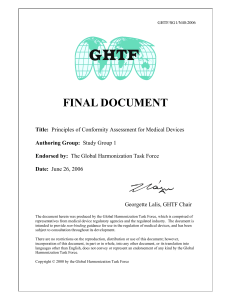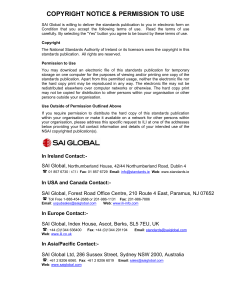Conformity Requirement Specification
advertisement
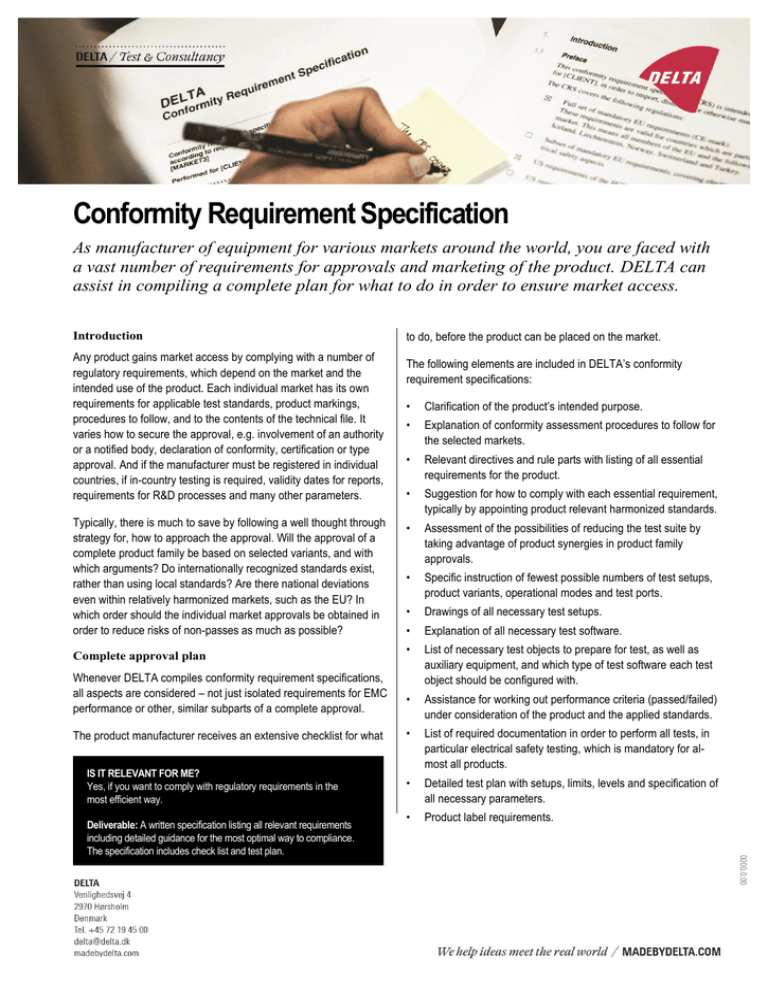
Conformity Requirement Specification As manufacturer of equipment for various markets around the world, you are faced with a vast number of requirements for approvals and marketing of the product. DELTA can assist in compiling a complete plan for what to do in order to ensure market access. Introduction Any product gains market access by complying with a number of regulatory requirements, which depend on the market and the intended use of the product. Each individual market has its own requirements for applicable test standards, product markings, procedures to follow, and to the contents of the technical file. It varies how to secure the approval, e.g. involvement of an authority or a notified body, declaration of conformity, certification or type approval. And if the manufacturer must be registered in individual countries, if in-country testing is required, validity dates for reports, requirements for R&D processes and many other parameters. Typically, there is much to save by following a well thought through strategy for, how to approach the approval. Will the approval of a complete product family be based on selected variants, and with which arguments? Do internationally recognized standards exist, rather than using local standards? Are there national deviations even within relatively harmonized markets, such as the EU? In which order should the individual market approvals be obtained in order to reduce risks of non-passes as much as possible? Complete approval plan Whenever DELTA compiles conformity requirement specifications, all aspects are considered – not just isolated requirements for EMC performance or other, similar subparts of a complete approval. The product manufacturer receives an extensive checklist for what IS IT RELEVANT FOR ME? Yes, if you want to comply with regulatory requirements in the most efficient way. The following elements are included in DELTA’s conformity requirement specifications: • Clarification of the product’s intended purpose. • Explanation of conformity assessment procedures to follow for the selected markets. • Relevant directives and rule parts with listing of all essential requirements for the product. • Suggestion for how to comply with each essential requirement, typically by appointing product relevant harmonized standards. • Assessment of the possibilities of reducing the test suite by taking advantage of product synergies in product family approvals. • Specific instruction of fewest possible numbers of test setups, product variants, operational modes and test ports. • Drawings of all necessary test setups. • Explanation of all necessary test software. • List of necessary test objects to prepare for test, as well as auxiliary equipment, and which type of test software each test object should be configured with. • Assistance for working out performance criteria (passed/failed) under consideration of the product and the applied standards. • List of required documentation in order to perform all tests, in particular electrical safety testing, which is mandatory for almost all products. • Detailed test plan with setups, limits, levels and specification of all necessary parameters. • Product label requirements. 0000.0.00 Deliverable: A written specification listing all relevant requirements including detailed guidance for the most optimal way to compliance. The specification includes check list and test plan. to do, before the product can be placed on the market.

